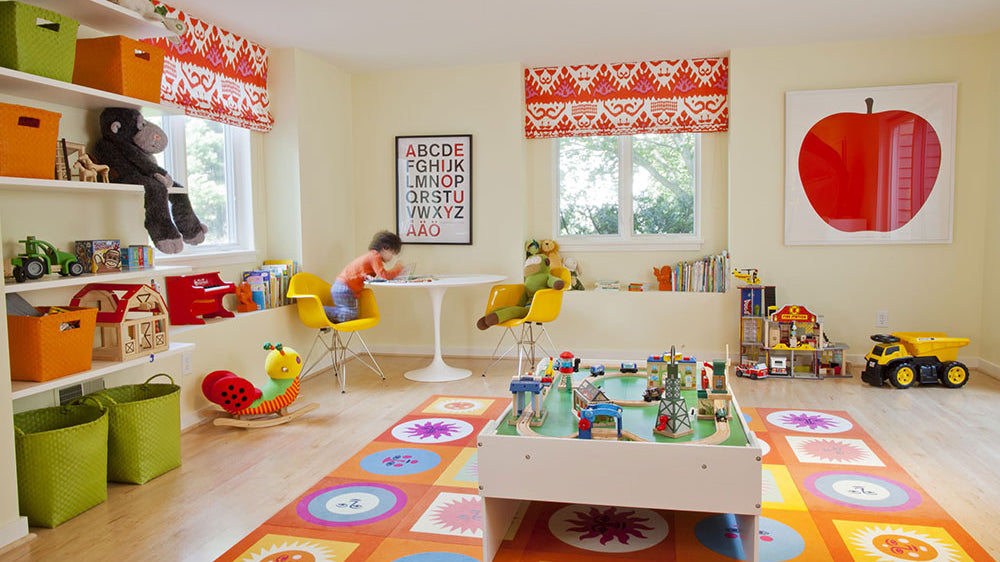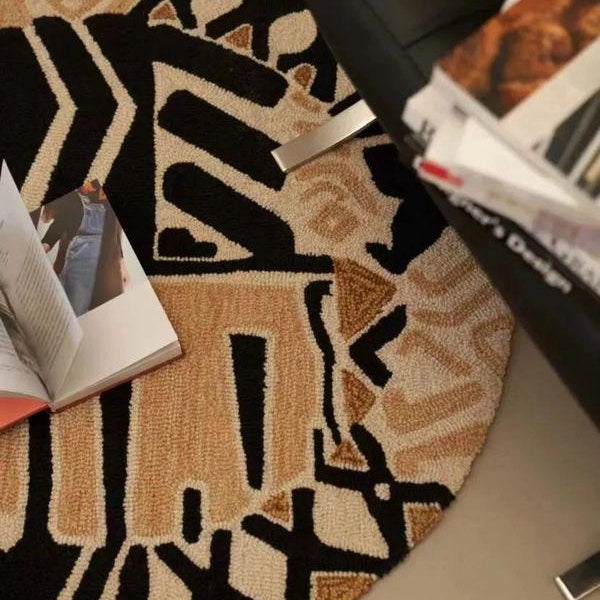Handmade Carpets: From Artisan Hands to Your Home
Handmade carpets are not merely decorative items; they are exquisite pieces of art that bridge our homes with centuries of craftsmanship. Crafted meticulously by skilled artisans, these carpets encompass cultural narratives, advanced techniques, and a personal touch that mass-produced counterparts simply cannot replicate. This article will delve into the captivating journey of handmade carpets from the hands of talented artisans to the enriching corners of your home.

The Artisan Journey
The creation of a handmade carpet is a labor-intensive process that often takes several months, from conception to completion. It is more than just weaving; it is an art form passed down through generations, steeped in tradition.
1. The Artisan's Skill
Artisans undergo extensive training to master the techniques of carpet weaving. The skills required to produce a woven masterpiece include the selection of high-quality materials, working with intricate patterns, and handling specialized tools. Each artisan brings their unique style, reflecting their cultural heritage through their work.

2. Selecting Materials
The materials chosen for each carpet play a crucial role in determining the final product's quality and aesthetic. Common materials include wool, silk, and cotton:
- Wool: Known for its durability and comfort, wool is a favored choice among artisans.
- Silk: Adds a luxurious touch, characterized by its sheen and intricate design capabilities.
- Cotton: Often used for the foundation in various carpet types, providing strength and structure.
The Weaving Process
The art of weaving is central to the creation of handmade carpets. This process can take anywhere from several weeks to months, depending on the complexity of the design and the skill of the artisan.
1. Knots, Loops, and Piles
Artisans primarily use two types of knots: Persian and Turkish. The knotting method results in carpets with different textures and appearances, with tighter knots often resulting in more detailed designs. The pile height can also vary, contributing to the carpet's comfort and visual impact.
2. Patterns and Designs
The designs employed in handmade carpets often reflect regional cultural motifs, including floral patterns, geometric shapes, or abstract art. Each design tells a story, making every piece a distinct narrative woven into the fabric.

The Unique Characteristics of Handmade Carpets
Handmade carpets are imbued with qualities that set them apart from their machine-made counterparts:
1. Uniqueness and Character
No two handmade carpets are alike. Variations in dye lots, weaving techniques, and artisan interpretation result in unique pieces that cannot be replicated, making them invaluable additions to any décor.
2. Cultural Heritage
Each carpet embodies the culture and heritage of its region of origin. They often serve as symbols of identity, connecting generations through artistry and craftsmanship.
3. Sustainable and Ethical Production
Many artisans employ sustainable practices, often sourcing natural materials and dyes. Supporting handmade carpets means investing in ethical production methods that respect the environment and the artisan communities involved.

Adding Carpets to Your Home
Once you have acquired a handmade carpet, you might wonder how best to incorporate it into your home. Here’s how to use these artistic pieces effectively.
1. Focal Points
Positioning a striking handmade carpet can serve as a focal point in a room. Placing it under a coffee table or in the center of a living room can draw attention and anchor the space.
2. Layering and Textures
Layering carpets can add depth and visual interest. Consider placing a smaller, vibrant rug over a larger, neutral one to create an inviting and dynamic setting.
Maintenance of Handmade Carpets
Caring for your handmade carpets is essential to ensure they remain stunning additions to your home for years to come. Here are some maintenance tips:
1. Regular Cleaning
Frequent vacuuming is critical to keeping your carpet looking fresh. It is essential to use a vacuum without a beater bar to protect the fibers.
2. Spot Cleaning
In the event of spills, immediate action is needed. Blot the area with a dry cloth and avoid rubbing; for tougher stains, seek professional cleaning services.

Conclusion: Bringing Artisan Craftsmanship into Your Home
Handmade carpets are more than just floor coverings; they are pieces of art that carry the essence of the artisans who crafted them. By choosing a handmade carpet, you invite not only beauty but also history, culture, and sustainability into your living space. Allow the stories woven into these carpets to enhance your home, creating an environment that reflects both comfort and artistic expression.



